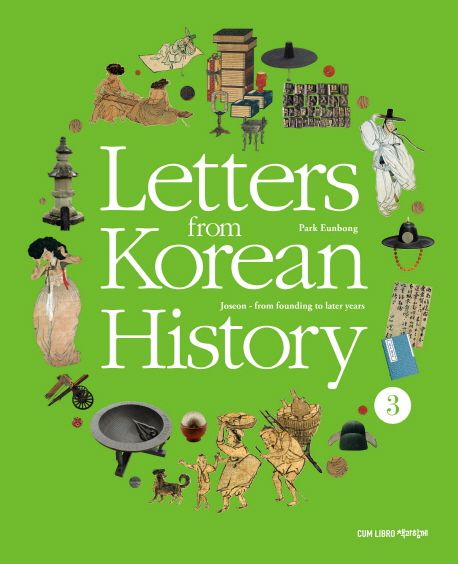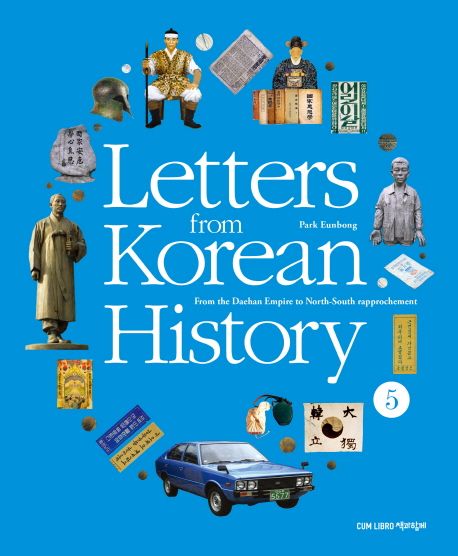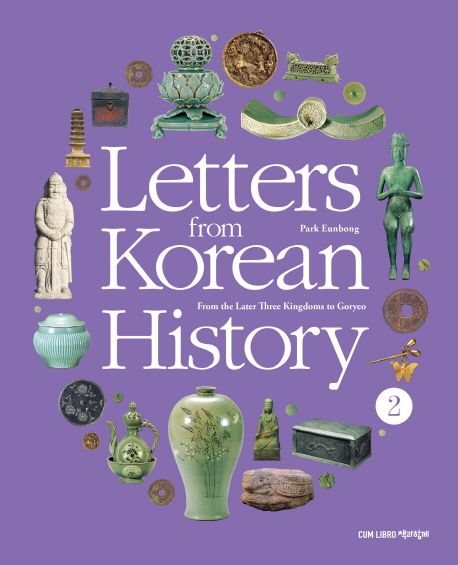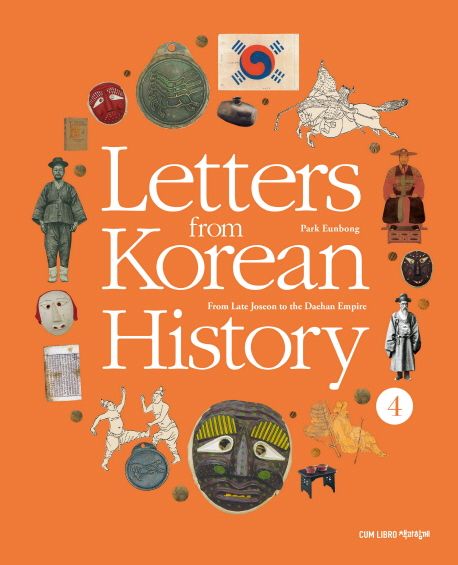Modern Korean Culture - Mängelexemplar 외국인을 위한 오늘의 한국
€14.90*
% €39.90* (62.66% saved)-
Art.num./ISBN: 9788957268988m
-
Publisher: 한국문화사
-
number of pages: 208
-
binding: Softcover
-
Year: 2011 (printing 2017)
-
Language: Korean
-
Media type: Book
-
Series: 글로벌한국학교재시리즈 3
In stock. Ready to ship within 1-3 weekdays
Product information "Modern Korean Culture - Mängelexemplar"
Mängelexemplar: Buch an einem Eck angestossen, sonst neu und einwandfrei
Damaged Copy: Book dented on one corner, otherwise new copy
이 책은 봄·여름·가을·겨울의 4부로 나누어 계절별로 특색을 보이는 한국인의 삶과 문화를 생동감 있게 그려내고 있다. 이를 위해 우리는 최근 한국의 신문과 잡지에 실린 기사문을 활용하여 한국문화의 현장감을 살렸다. 또한 외국 학생들의 깊이 있는 이해를 돕기 위해 한국의 새로운 문화현상들을 설명하는 ‘생생(生生) 한국문화’를 장별로 제시하였다.
Contact the Publisher
Zentraler Kontakt für Besorgungstitel
Korean Book Services
Prinzenweg 10
93047 Regensburg
Germany
Korean Book Services
Prinzenweg 10
93047 Regensburg
Germany
Responsible Person in the EU
Korean Book Services
Prinzenweg 10
93047 Regensburg
Germany
Prinzenweg 10
93047 Regensburg
Germany
Login





